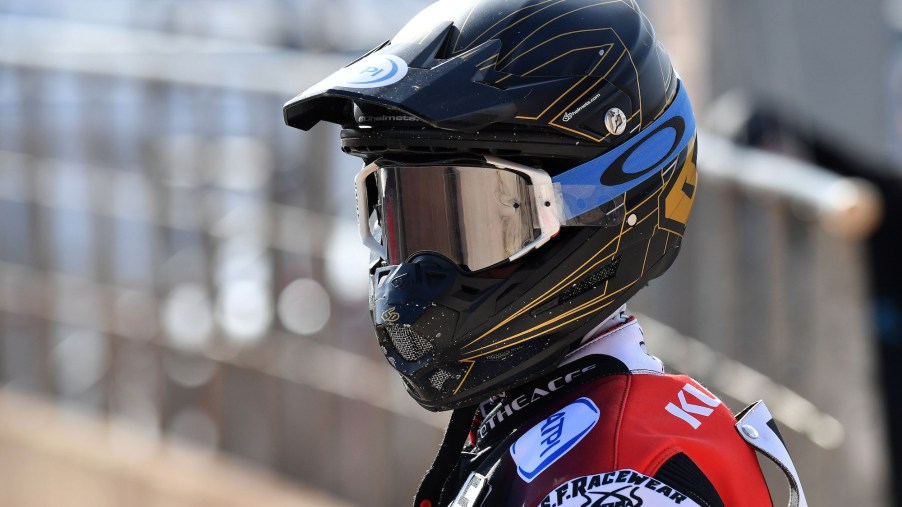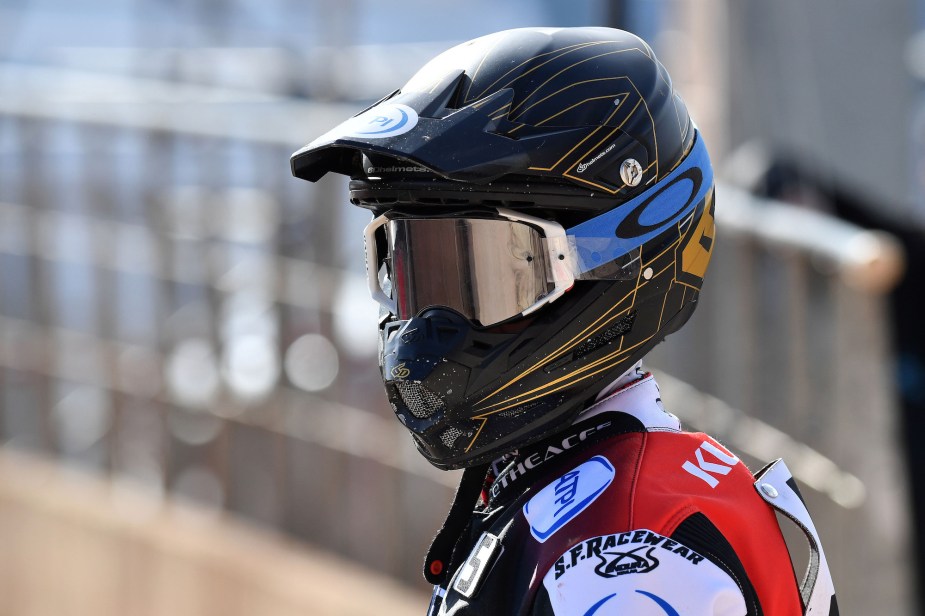
How Should a Motorcycle Helmet Fit?
Riding a motorcycle is so much fun. It can be addictive when you hit the throttle, feel that little jolt of adrenaline, and your body releases endorphins. Those endorphins can help to improve your mood and minimize pain. For many riders, it’s a form of therapy.
However, riding a motorcycle can be dangerous as well. Not only do you have to worry about keeping control of the motorcycle, you also have to worry about being seen by other drivers. Unfortunately, motorists often don’t see motorcyclists until it is too late.
One of the best ways to protect yourself is by wearing the right gear. A well-fitting helmet is a motorcycle rider’s best friend on the road. It protects your head in the event of an accident. Without it, your chances of survival are slim, even at slow speeds. Let’s take a look at how your helmet should fit.
Why is a motorcycle helmet essential?

In 2020, 5,579 motorcyclists were killed, and 82,528 were injured on our country’s roads, an increase of 11% from the previous year. According to Advocates For Highway and Auto Safety, motorcycle helmets reduce the risk of head injury by 69% and reduce the risk of death by 42%.
Additionally, wearing a helmet can make you more visible to motorists. Unfortunately, motorcycles are often overlooked in traffic, which increases the risk of crashing. A brightly colored helmet will help you stand out on the road. A helmet also protects your head and face from road debris.
How should a helmet fit?
The way a helmet fits is critical because a poorly fitted helmet may slip off during a crash, or if it’s too tight, it might discourage you from wearing it and become distractingly uncomfortable. Also, a helmet that is too loose will move around on your head while riding, which is uncomfortable and dangerous if you are constantly fiddling with the helmet.
According to Heads Don’t Bounce, a helmet should fit snugly around the entire wearer’s head without causing pressure points. There should be no movement up and down or side to side during the ride. It shouldn’t be too snug, nor should it be too loose. Keep in mind that, over time, the helmet will loosen a bit due to compression of the liner.
What is the difference between DOT, SNELL, and ECE?
A DOT-certified helmet meets the legal federal standard set by the United States Department of Transportation for motorcycle helmets used on public roads and property in the United States. The helmets are put through their paces in conditions that simulate a moderate impact with a force of up to 250 times that of gravity. Instead of resisting the effect, DOT helmets are designed to absorb it. Other things that are tested are the peripheral visual field and the chin strap for abrasion resistance and tension failure load.
Another rating you may see on a helmet is the SNELL sticker from the Snell Memorial Foundation, a private non-profit organization founded in honor of race car driver Pete Snell to promote helmet safety. A helmet adorned with this sticker means that the helmet has also met additional standards, which are more stringent than the DOT certification.
An ECE certification is the standard set forth by the Economic Commission for Europe. This certification is used in nearly 50 countries worldwide and includes some of the same requirements as the DOT certification in the United States.
Riding motorcycles is a great way to enjoy a beautiful sunny day. However, it’s important to ride safely by wearing a helmet and other protective gear such as protective clothing and gloves that fit you properly.


